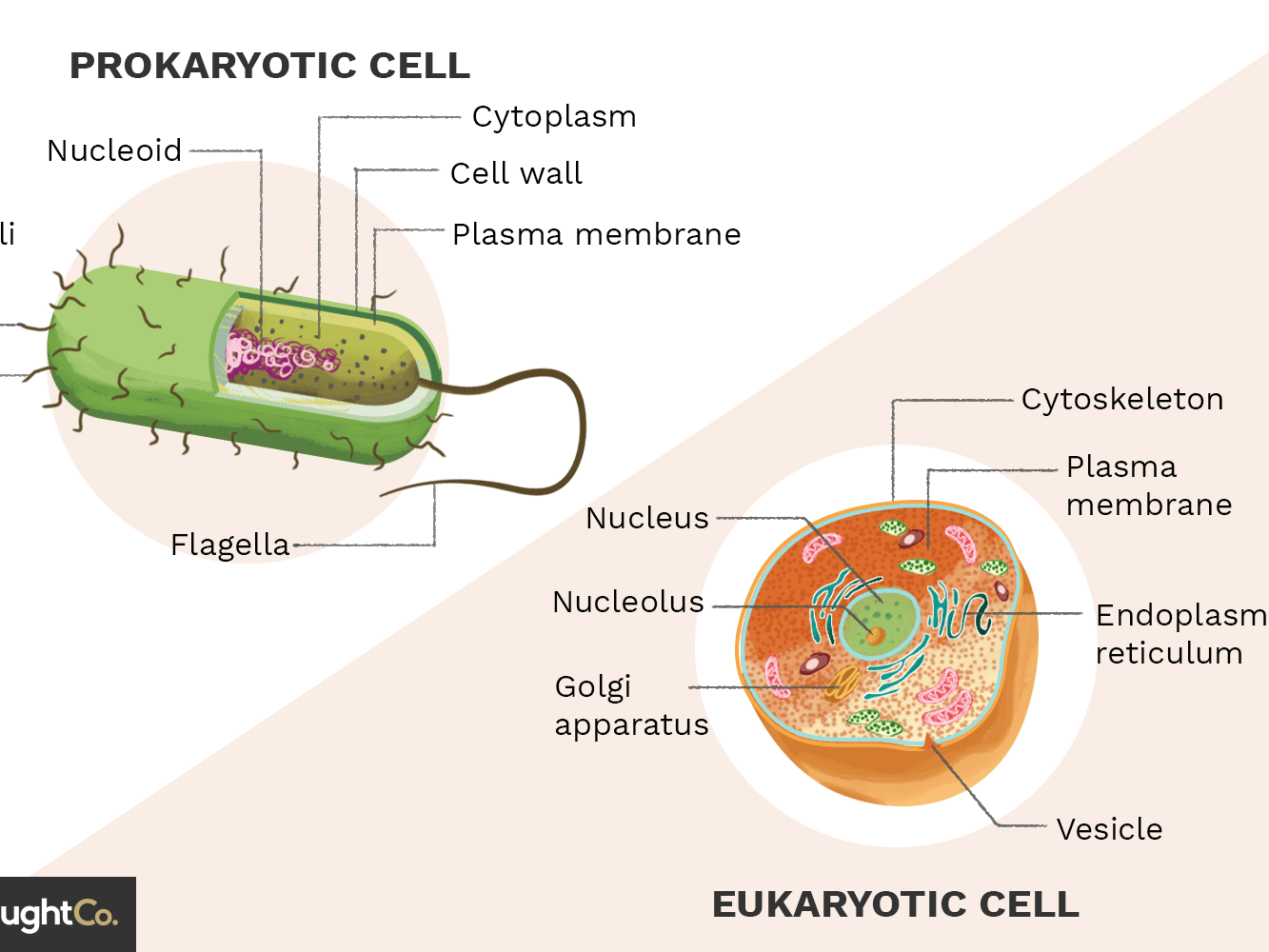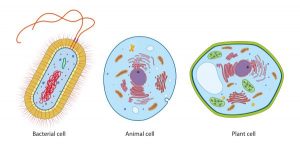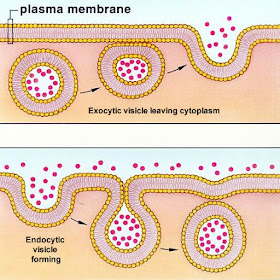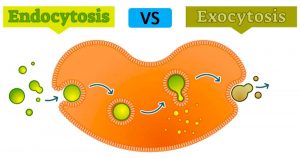When does pregnancy start?
The beginning of pregnancy is actually the first day of your last menstrual period. This is called gestational age or menstrual age. It is about two weeks before conception actually occurs. Although it may seem strange, the date of the first day of your last period will be an important date in determining your due date. Your health care provider will ask you about this date and use it to determine how far along you are in your pregnancy.
How does conception work?
Every month, your body goes through a reproductive cycle that can end in one of two ways. Either you will have a menstrual period or you will get pregnant. This cycle occurs continuously during your reproductive years, from puberty in your teens to menopause around age 50. In a cycle that ends with pregnancy, there are several steps. First, a group of eggs (called oocytes) prepare to leave the ovary for ovulation (egg release). The eggs develop in small fluid-filled cysts called follicles.
Think of these follicles as little containers for each immature egg. From this group of eggs, one will mature and continue through the cycle. This follicle then suppresses all other follicles in the group. The other follicles stop growing at this point. The mature follicle now breaks open and releases the egg from the ovary. This is ovulation. Ovulation usually occurs about two weeks before your next menstrual period starts. It is usually in the middle of its cycle.
After ovulation, the open (ruptured) follicle develops into a structure called the corpus luteum. It secretes (releases) the hormones progesterone and estrogen. Progesterone helps prepare the endometrium (lining of the uterus). This lining is where a fertilized egg settles to develop. If you don’t get pregnant during a cycle, this lining is what is shed during your period. On average, fertilization occurs about two weeks after your last menstrual period. When the sperm enters the egg, changes occur in the protein coat of the egg to prevent other sperm from entering.
At the time of fertilization, your baby’s genetic makeup is complete, including her gender. The sex of your baby depends on which sperm fertilizes the egg at the time of conception. Generally, women have a genetic combination of XX and men have XY. Women give each egg an X. Each sperm can be either an X or a Y. If the fertilized egg and sperm are a combination of an X and a Y, it’s a boy. If there are two X’s, it’s a girl.
What happens right after conception?
Within 24 hours after fertilization, the egg begins to rapidly divide into many cells. It stays in the fallopian tube for about three days after conception. The fertilized egg (now called a blastocyst) then continues to divide as it slowly passes through the fallopian tube into the uterus. Once there, its next job is to adhere to the endometrium. This is called implantation.
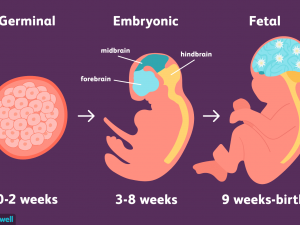
However, before implantation, the blastocyst breaks out of its protective shell. When the blastocyst comes into contact with the endometrium, the two exchange hormones to help the blastocyst attach. Some women notice spotting (light bleeding) for a day or two when implantation occurs. This is normal and not something to worry about.
At this point, the endometrium thickens and the cervix (the opening between the uterus and the birth canal) is sealed with a plug of mucus. In three weeks, the blastocyst cells finally form a small ball or embryo. At that time, the first nerve cells have formed. Your developing fetus has already gone through a few name changes in the first few weeks of pregnancy. Generally, it is called an embryo from conception to the eighth week of development. After the eighth week, it is called a fetus until it is born.
How early can I know that I am pregnant?
From the moment of conception, the hormone human chorionic gonadotropin (hCG) will be present in your blood. This hormone is created by the cells that make up the placenta (a food source for the growing fetus). It is also the hormone detected in a pregnancy test. Even though this hormone is there from the beginning, it takes time for it to develop within your body. It usually takes three to four weeks from the first day of your last period for hCG to raise enough to be detected by pregnancy tests.
When should I contact my health care provider about a new pregnancy?
Most health care providers will ask you to wait for an appointment until you have had a positive home pregnancy test. These tests are very accurate once you have enough hCG circulating throughout your body. This can be a few weeks after conception. It’s best to call your health care provider once you have a positive pregnancy test to schedule your first appointment.
When you call, your health care provider may ask if you are taking a prenatal vitamin. These supplements contain folic acid. It is important that you get at least 400 mcg of folic acid every day during pregnancy to ensure that the fetus’s neural tube (beginning of the brain and spinal column) develops properly. Many health care providers suggest that you take prenatal vitamins with folic acid even when you are not pregnant. If you weren’t taking prenatal vitamins before your pregnancy, your provider may ask you to start as soon as possible.
What is the timeline for fetal development?
The fetus will change a lot during a typical pregnancy. This time is divided into three stages, called trimesters. Each trimester is a set of about three months. Your health care provider will probably talk to you about fetal development and risk in terms of weeks. So if you are three months pregnant, you are around 12 weeks.
You will see different changes in the fetus and yourself during each trimester.
Traditionally, we think of pregnancy as a nine-month process. However, this is not always the case. A full-term pregnancy is 40 weeks or 280 days. Depending on the months you are pregnant (some are shorter and some are longer) and the week you give birth, you could be pregnant for nine months or 10 months. This is completely normal and healthy.
Once you get closer to the end of your pregnancy, you may hear several category names as you go into labour. These labels divide the last weeks of pregnancy. They are also used to look for certain complications in newborns. Babies born at or before early-term may be at higher risk for breathing, hearing, or learning problems than babies born a few weeks later at full term. When looking at these labels, it is important to know how they are written. You may see the week first (38) and then you will see two numbers separated by a slash (6/7). This represents how many days you currently have in the gestational week. So if you see 38 6/7, it means you are on day 6 of your 38th week.
The last weeks of pregnancy are divided into the following groups:
Early term: 37 0/7 weeks to 38 6/7 weeks.
Full term: 39 0/7 weeks to 40 6/7 weeks.
Late-term: 41 0/7 weeks to 41 6/7 weeks.
Post-term: 42 0/7 weeks onwards.
Talk to your health care provider about any questions you may have about gestational age and due date.


